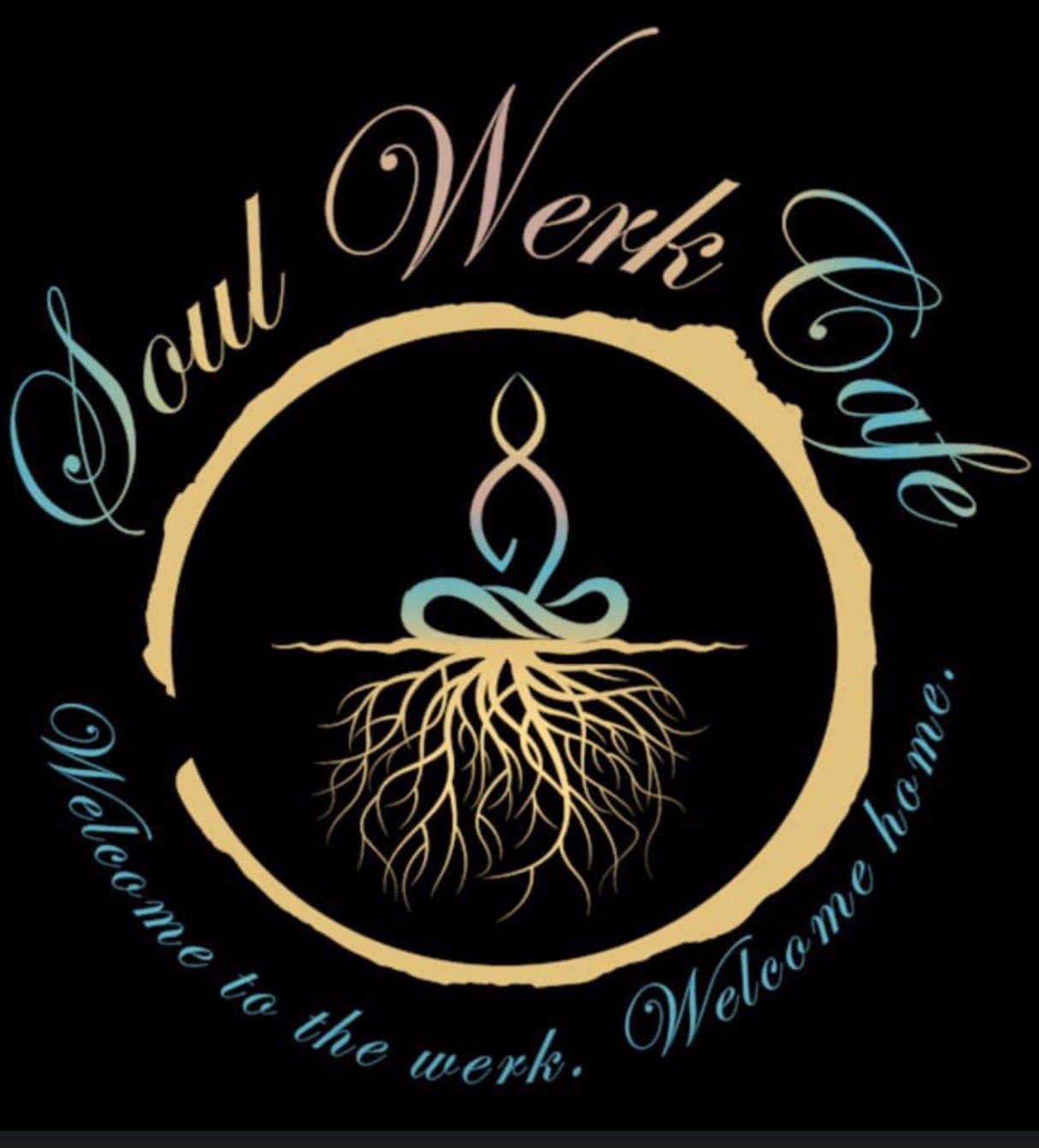Understanding Non-Verbal Communication: Identifying and Expressing Your Stress
- soulwerkcafe

- Apr 13, 2023
- 2 min read

Stress is an inevitable part of life. Whether it’s related to work, family, or personal relationships, it’s important to have healthy coping mechanisms to address the underlying cause of stress. However, identifying and expressing one’s stress can be a challenging task, especially when most communication is non-verbal. Research shows that only 7% of communication is spoken words while over half of communication is body language and tone. This means that often, our body language and tone speaks louder than our words. Let's explore the importance of non-verbal communication, learn key strategies to identify and express our stress, and how to effectively communicate with loved ones.
Identify Your Non-Verbal Cues
It can be difficult to recognize our own non-verbal cues. However, you can start by paying attention to your body sensations as well as your thoughts and emotions. When you feel anxious or stressed, your heart rate may increase, your palms may get sweaty, your muscles may tense up, or you may feel dizzy. These physical changes are often reflected in our body language as well. For instance, we may fold our arms, fidget with our hands, avoid eye contact, or stand with a closed posture. By acknowledging and recognizing these changes, we can help to identify our stress and work towards addressing it.
Express Your Stress
Once you have identified your non-verbal cues and recognized that you are feeling stressed or anxious, it’s time to express it. This can be done through verbal and non-verbal communication techniques. Verbal techniques may include expressing your thoughts and feelings in a clear and direct manner, using simple and concise language, and avoiding blame or judgment. Non-verbal techniques may include using open body language, making eye contact, and using an even and soft tone of voice. These techniques help to create a safe and supportive environment where others can better understand your perspective and provide empathy and support.
Effective Communication Techniques
It’s important to note that communication is a two-way street. While it’s important to express your stress, it’s also equally important to listen and understand the perspectives of others. By practicing active listening, you can better understand the concerns and motivations of those around you, which can lead to a more productive and supportive conversation. Some techniques for active listening include giving full attention to the speaker, asking open-ended questions, summarizing what was said, and providing feedback.
Communication Pitfalls to Avoid
While communication can be an effective way to express your stress and emotions, there are some communication pitfalls to avoid. These include interrupting, being defensive, or failing to acknowledge the perspectives of others. By avoiding these communication pitfalls, you can ensure that all parties feel heard, acknowledged, and validated.
Recognizing and expressing your stress is an important aspect of mental healing and wellness. While communication is a powerful tool, this is a gentle reminder to be mindful of our non-verbal cues and to approach conversations with empathy, understanding, and an open mind. By using techniques such as those listed above you can create stronger connections with loved ones while also promoting your own mental wellness. So, the next time you find yourself feeling stressed or overwhelmed, remember to take a step back, acknowledge your feelings and openly express them calmly and without blame.







Comments